New research has revealed that the number of young Spaniards listening to English-language music is in decline, with a surge in popularity for Latin-influenced hits pushing it out the charts.
According to rankings of hit singles, in the last seven years English has began to disappear from the charts in Spain.
In that time, all songs that topped the charts were in Spanish, something that would’ve been very different twenty or thirty years ago. The only exception to that list? Milionària, a June 2019 No.1 single by Spanish superstar Rosalía – in Catalan.
What explains this decline in English-language music?
The Economist investigated changing musical tastes around the world, focusing on both languages and countries.
They analysed the 100 most popular songs in 70 countries according to Spotify, as well as 13,000 hits in 70 different languages while crunching the numbers on other data such as the genre, lyrical language and nationality of the artist, hoping to group types of listeners together.
From this, three main listener groups emerged: a dominant native English-speaking sphere; a smaller but rapidly growing Spanish-speaking ecosystem; and another more, mixed third groups that mostly enjoys local songs in a variety of different languages.
Across all groups (even the English speakers) an undeniable trend emerged: the long-held hegemony of English-language music is in decline.
And this isn’t just in Spain, but globally. In 2020, the most listened to artist in the world was Bad Bunny — a Puerto Rican Latin Trap music star widely credited with helping Spanish language music to go mainstream in recent years. In 2020, the trap star was listened to over 8.3 billion times.
That same year, the increase in Latin music in the United States was a whopping 28 percent, more than double the previous year, according to data from the Recording Industry Association of America (RIAA). In 2022, there was another increase of 23 percent compared to 2021.
Not only are English language songs and artists seemingly declining in popularity, but Spanish language music is growing in streaming numbers even among non-native speakers.

English out?
Within the Spanish-language group of listeners analysed, English-language hits plummeted from 25 percent of songs listened to 14 percent, as Spanish-speaking artists such as the aforementioned Bad Bunny, Maluma, J Balvin, Ozuna, Karol G, Rauw Alejandro and other mainly Latin American performers exploded onto the mainstream scene.
Interestingly, in countries with strong local musical cultures (countries like Japan, France and Brazil, for example) English-language songs decreased even more abruptly, going from 52 percent of successful songs to only 30 percent.
That is to say, Spaniards listening to less English language music isn’t a unique thing, but part of a broader trend at the global level.
READ ALSO: Why does Spain dub every foreign film and TV series?
The growth of streaming services has massively increased the accessibility of Spanish-speaking music to listeners around the world.
Data from streaming service TIDAL shows that since 2020, the monthly share people streaming Latin content has increased by 9 percent.
Away from the music industry, Spanish language music has also enjoyed a bit of a cultural boom because of social media influencers: in particular the Kardashian clan, some of which have a friendship with Rosalía and have included clips from her songs in their social media posts, exposing Spanish-language music to millions more people around the world.
In short, Spanish songs (as well as Latin culture) have become cool.
Similarly, the boom in Spanish music, particularly Latin trap, has been helped significantly by effective marketing campaigns and an understanding of digital tools.
By using an established British or American star to collaborate with, Spanish language artists open up their market audience and exposure in a way that most English or Americans artists can’t.

The Spanish case
“I think that the Spanish market has always has always done its own thing when compared to the rest of Europe or the US, since there have been genres that have not even entered the market on a massive scale, such as hip-hop,” music commentator Noel Turbulencias is quoted as saying by the Huffington Post.
“It may also be related to the level of English – it used to be at least – in terms of being able to sing the songs or understand what they’re saying”.
The quality of music production has only recently caught up in Spain and Latin America.
“In the past, there were Spanish songs that would have been hits, but they were recorded poorly,” argues Juanma Ortega, CEO of Adio FM.
“There are many groups that did not survive because of the sound, because their message does not reach you. With Phil Collins or Pink Floyd you felt it more, whether you understood the lyrics or not.”
READ ALSO: How Spain is becoming Hollywood’s European film set again
Spain’s indie rock scene also saw a major change in 2006, when all of a sudden groups such as Sidonie, Anni B Sweet, Love of Lesbian, Fuel Fandango or Deluxe all went from singing in English to Spanish, following hits in Castilian by groups such as Los Piratas or Los Planetas.
“Spanish was the best language to reach their audience with, the one in which they expressed themselves best in and in which their audience would understand them best,” Noel Turbulencias concludes.
However, it is Latin pop – be it trap, reggaeton or electro – which reigns supreme in Spain currently, thanks to a combination of a common shared language and the global popularity of its artists.
Even the biggest Spanish names of the moment – Rosalía, Omar Montes, and Quevedo to name a few – all incorporate Latin sounds into their music.
Article by Conor Faulkner and Alex Dunham
READ ALSO:



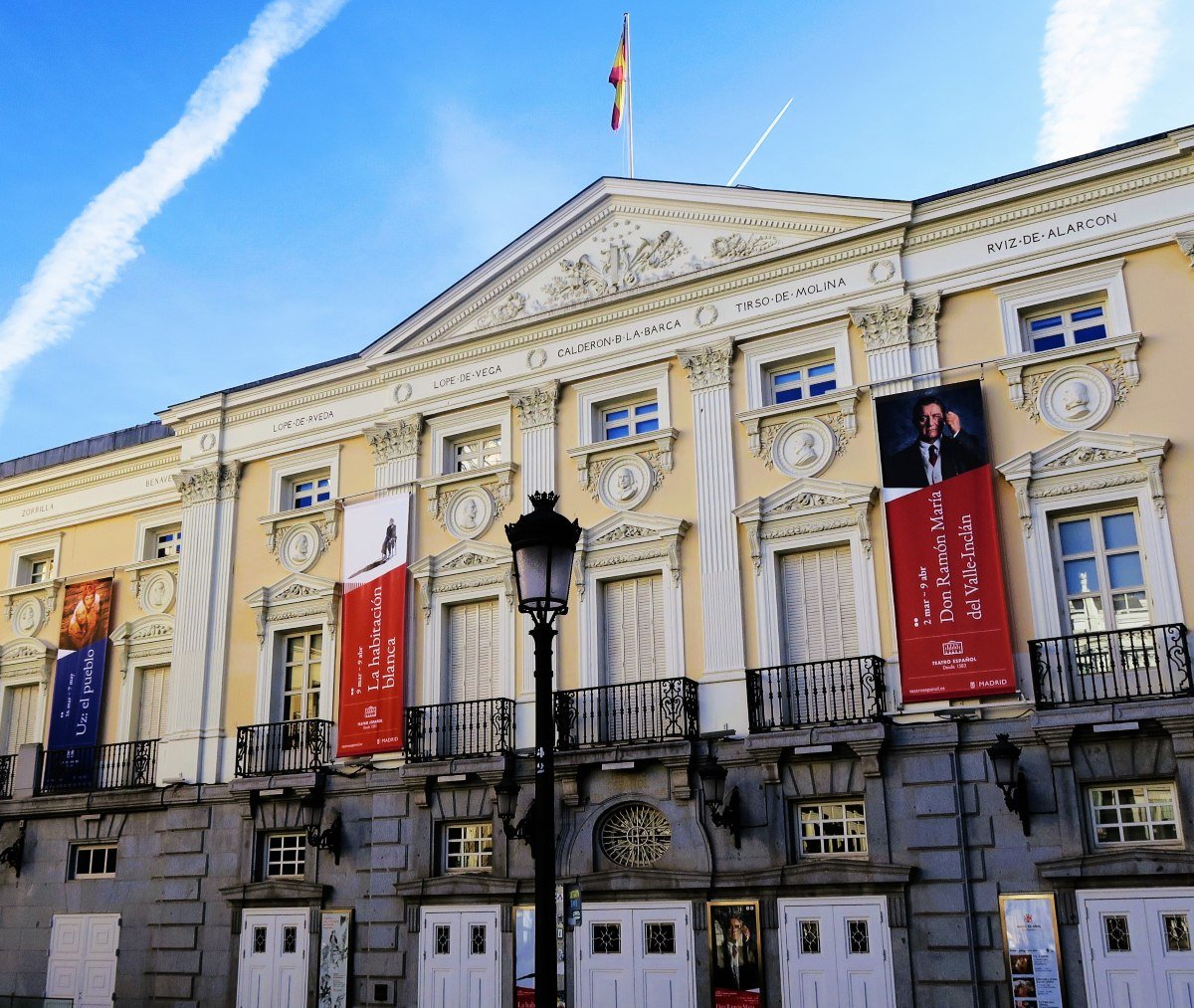
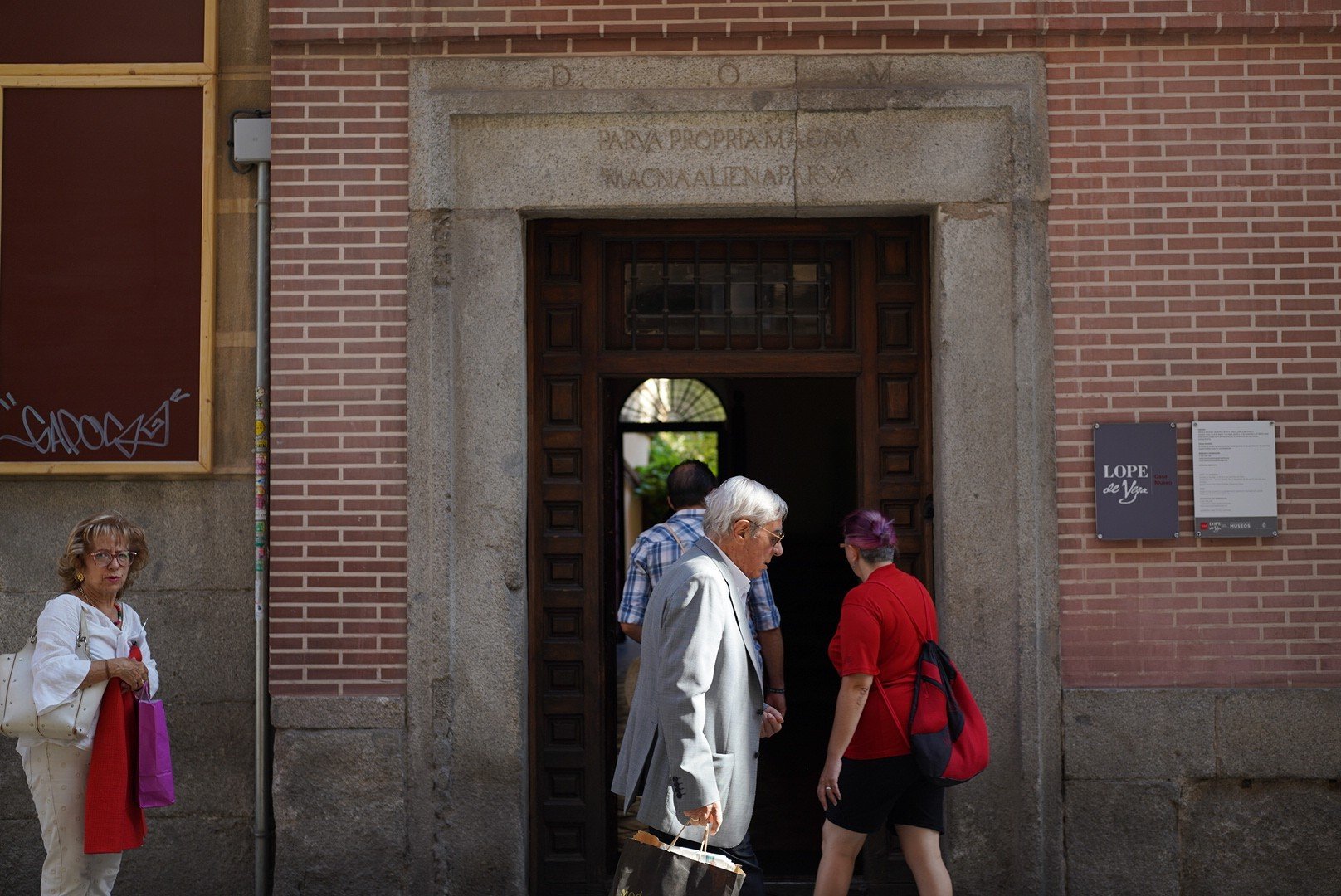


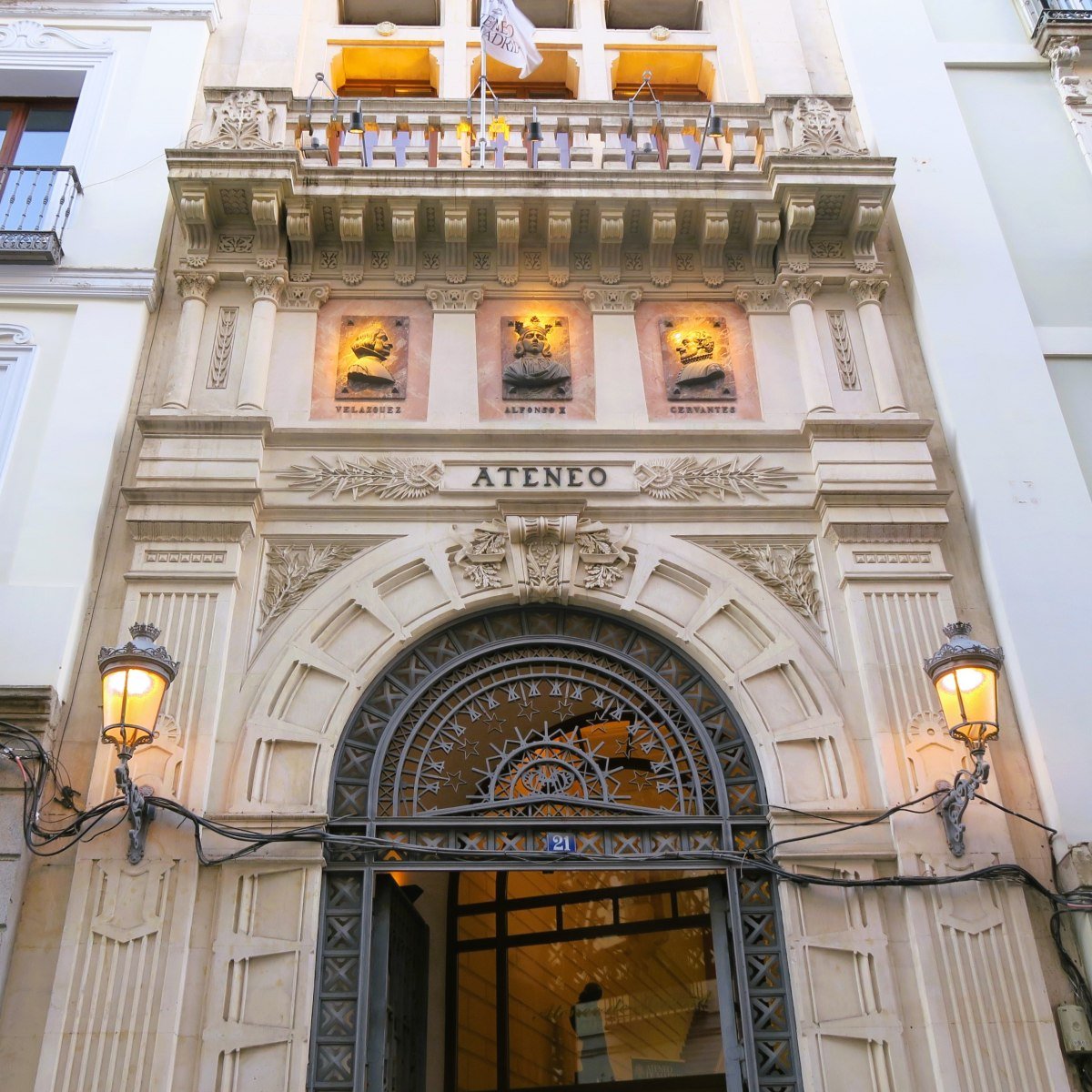
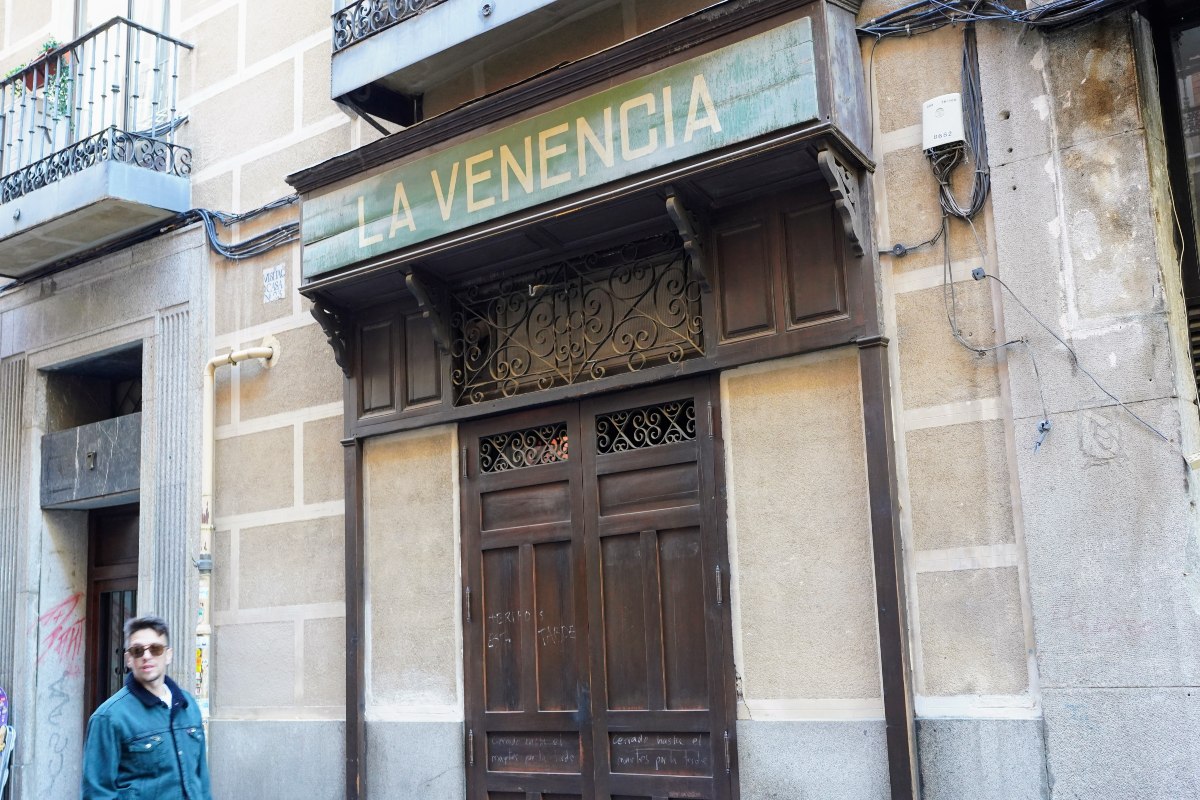
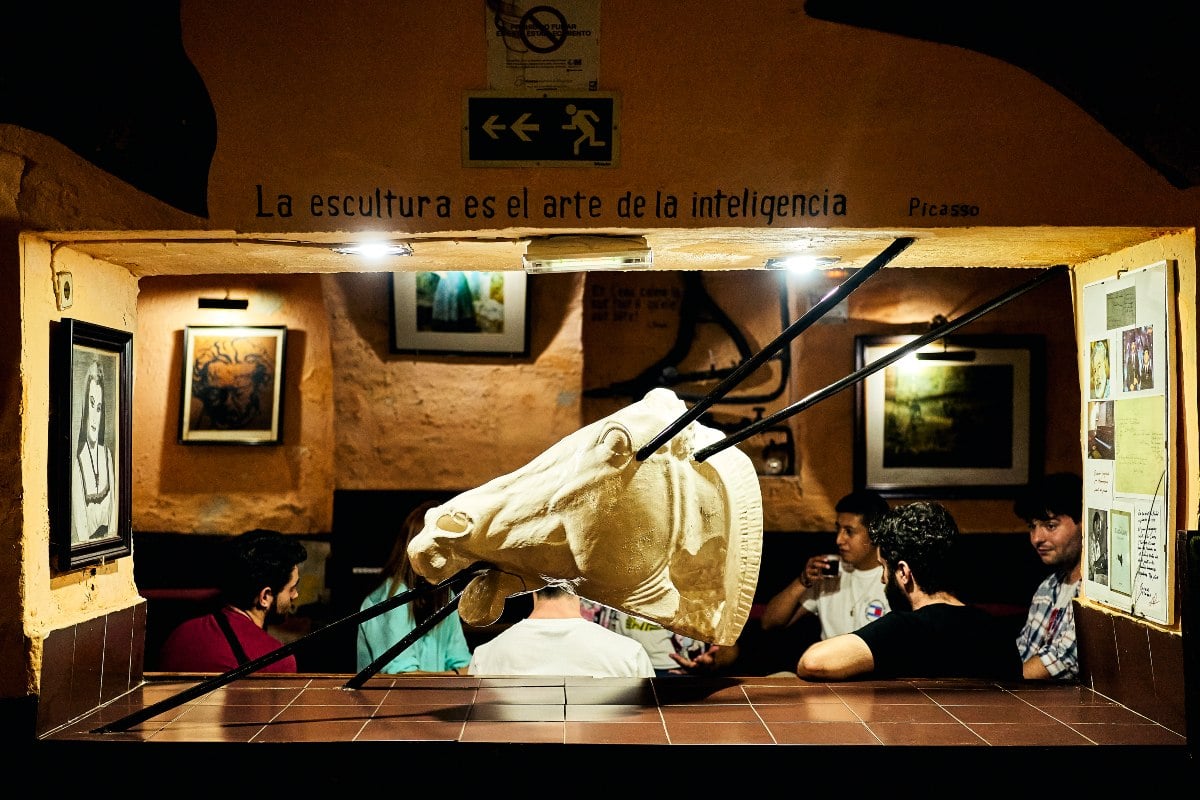
 Please whitelist us to continue reading.
Please whitelist us to continue reading.
Member comments